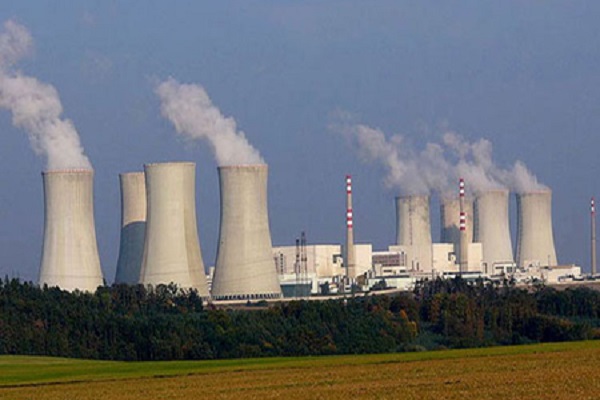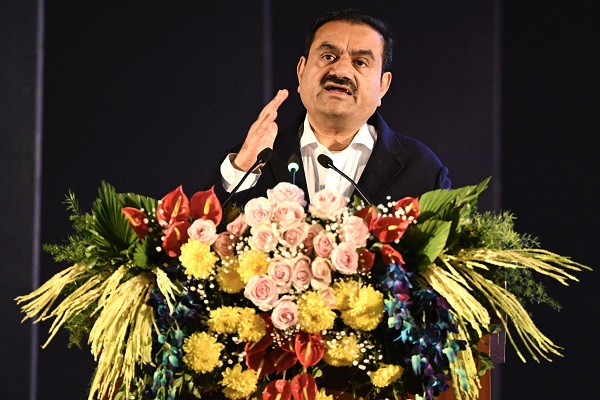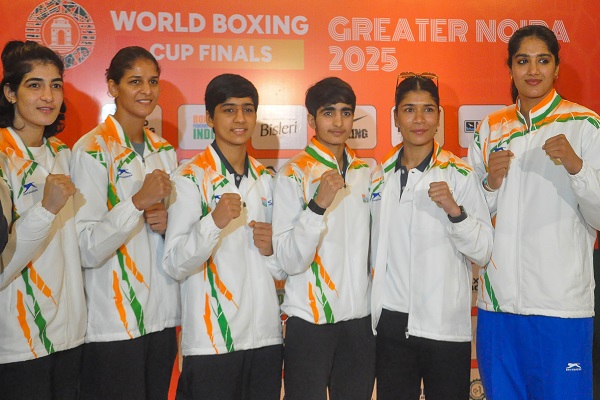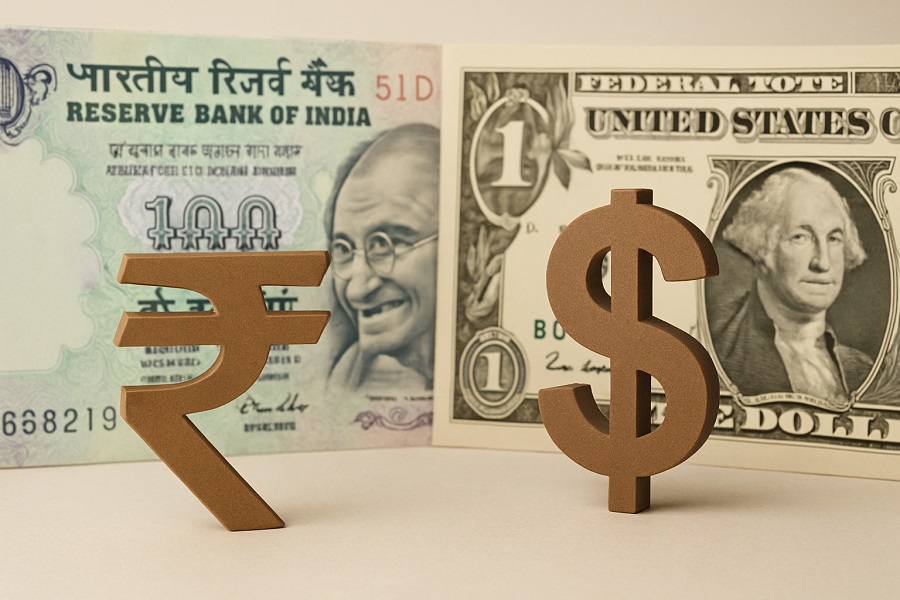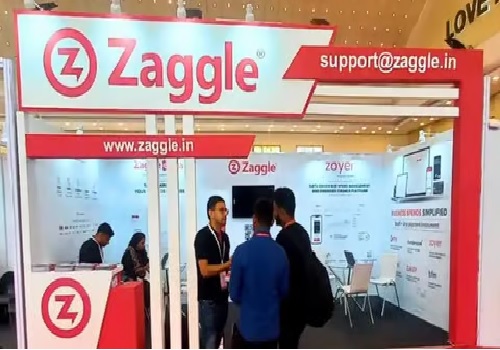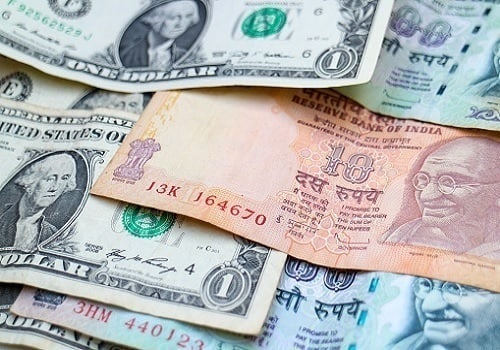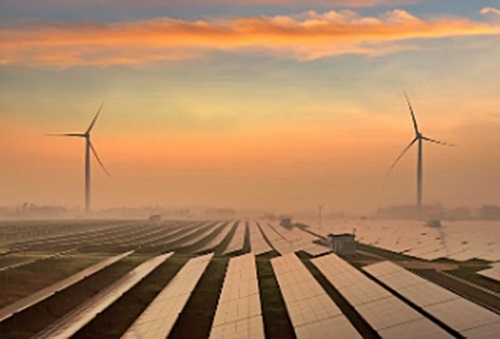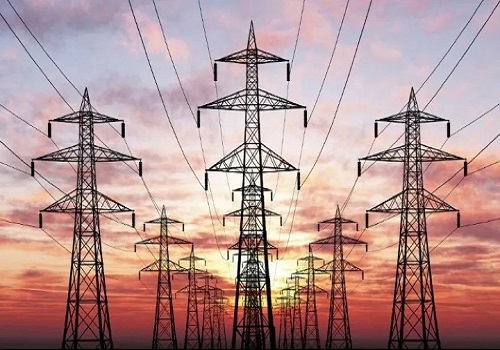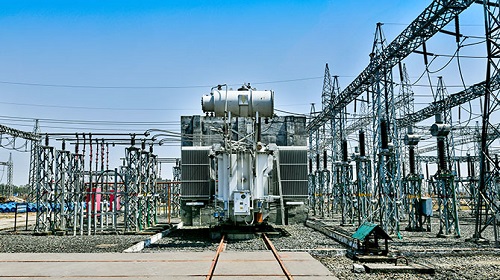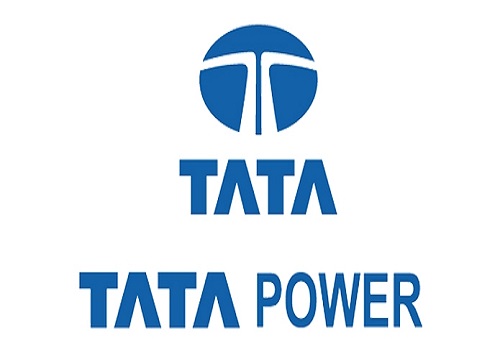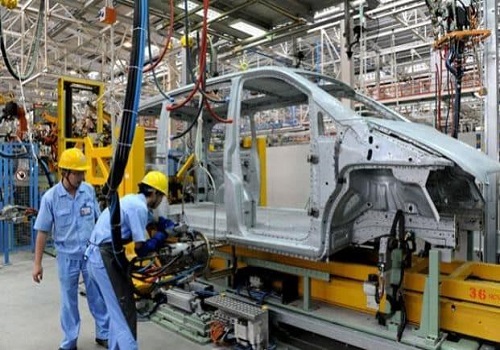Utilities & Power Equipment : Interaction with Mr RP Singh, IAS; An energy policy expert By JM Financial Services
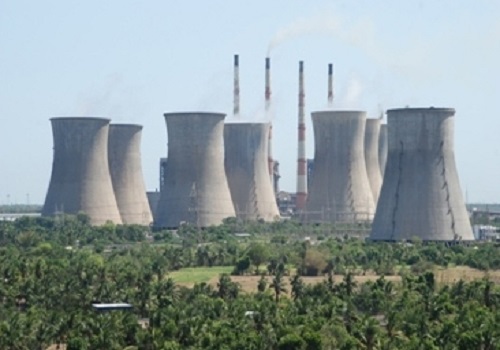
Interaction with Mr RP Singh, IAS; An energy policy expert
We had the privilege of hosting the highly respected energy policy expert, Mr Raj Pratap Singh, IAS. He is the former Chairman of the UP Electricity Regulatory Commission, has served as the Private Secretary to the Prime Minister, and is currently the Election Commissioner of Uttar Pradesh. India will require a huge quantity of energy to become a developed nation by 2047; the ask rate for electricity per capita is 5,000-6,000kWh from the existing 1,400kWh. Presuming that all the non-fossil power generation capacities are harnessed along with zero thermal power by 2047, India can reach a per capita generation of 3,209kWh only. Hence, RE is not sufficient and coal-fired power plants cannot be avoided. However, any breakthrough in efficiency of solar PV can change the perspective on thermal power. Nuclear energy is the most land-efficient and cleanest source of power and some positive developments are anticipated with the participation of the private sector. RE has provided only sustenance not growth across the countries with high penetration. The country has to decarbonise the grid first rather than shift to EV. As the share of RE is increasing, power system is changing from base load and variable load to flexible load and flexible generation.
* Which is the best and cleanest source? Nuclear energy is the most land-efficient and cleanest source of power. In contrast, solar energy is the least land efficient. ? Nuclear power: The goal, 100GW by 2047, is quite ambitious. But some positive developments are anticipated, as there are no alternative solutions.
* Which is the cheapest source? Coal is less expensive than Solar+Storage. As % of variable RE increases, the LCOE also increases, as seen in California (CAISO) and Texas (ERCOT).
* Energy transition in India: Thermal contributes 52% to the installed capacity, but has 75% share in generation. RE with 36% capacity contributes just 14% to generation.
* Energy trilemma: India has committed to net zero by 2070. Several countries have pledged for 2050 or earlier - a 20-year gap for India. None of these countries (UK, USA, Australia) had reached the 14% share of RE in 2000 that India currently has today.
* RE has provided only sustenance not growth, globally: Major countries (UK, Germany, France) with a high level of RE penetration have experienced nil or stagnant demand in the recent past. India needs a 7% growth in energy terms for at least the next 25 years.
* Power demand by 2047 and need for coal: India will require a lot of energy to become a developed nation by 2047; the ask rate for electricity per capita is 5,000-6,000kWh from the existing 1,400kWh. Presuming that all the non-fossil power capacities are harnessed (100GW nuclear, 1,164GW wind, 748GW solar, 100GW hydro and others) along with zero thermal power by 2047, India can reach a per capita generation of 3,209kWh. Hence, RE is not sufficient for India’s growth ambition. Coal-fired power plants cannot be avoided.
* Target for coal beyond current 100GW: Currently, solar CUF is around 24%. If some breakthrough happens in CUF, it can change the perspective on thermal power. But, even after that, at least 300GW coal-fired power capacities are needed.
* Shift to EVs: In transition, non-electric energy is to shift to grid electricity. Currently, 18% of energy is met through the grid, which has to increase to 40-50% in 20-25 years. Emission factor for grid is higher than that of petrol. So the general concepts that shift to EV is more clean is wrong. We have to decarbonise the grid first rather than shift to EV.
* Power market coupling: The implementation of market coupling entails significant costs, which may only yield marginal reductions in pricing.
* Changing power systems: Power system is changing from base load and variable load to flexible load and flexible generation. Presently, the technical minimum PLF for thermal power plants is set at 55%, which is expected to decrease to 45%.
Please refer disclaimer at https://www.jmfl.com/disclaimer
SEBI Registration Number is INM000010361
